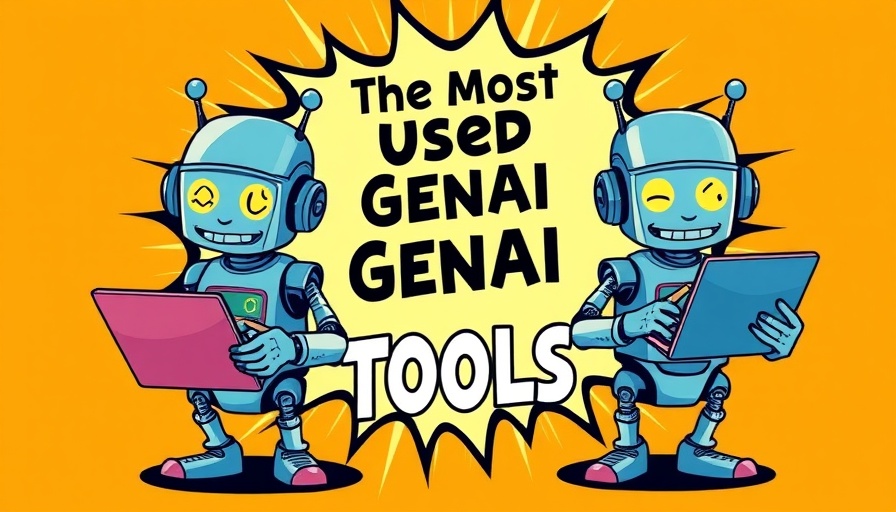
The Trust Deficit: Workers and AI Integration
In today’s rapidly evolving workplace, a crucial conversation is emerging about the relationship between employees and artificial intelligence (AI). A recent discussion prompted by the video titled Workers Don't Trust Their Companies on AI has unveiled a stark sentiment: many employees harbor significant distrust toward their employers regarding AI implementation. This gap in trust can have wide-ranging implications, especially as AI continues to permeate various industries.
In the video titled Workers Don't Trust Their Companies on AI, the discussion delves into the trust issues between employees and employers regarding AI. This prompted us to analyze the implications of these sentiments and their potential impact on the business landscape.
Understanding the AI Landscape in Employment
The context of employee distrust stems from a broader trend involving the impact of AI on job displacement. A study from Stanford University's Human-Centered Artificial Intelligence Lab highlights the struggles of early-career workers, particularly those aged 22 to 25. These individuals have been doubly hit, facing ambitious competition for jobs amidst rising AI integration into the workplace. The report suggests that sectors such as customer service and software development, which are highly exposed to AI disruption, have witnessed a notable 13% decline in employment for young workers. Such statistics paint a grim picture for recent graduates, who already confront a challenging job market.
Survey Insights into Employee Sentiments
Contributing to the discourse, social media influencer Kyla Scandlin conducted a survey titled AI That Works for Workers, which revealed mixed feelings from the workforce regarding AI applications. While many employees appreciate the potential efficiencies AI can introduce, their responses indicate notable concerns about job security and the dilution of human creativity. Notably, 41% of Gen Z employees reported sabotaging their companies' generative AI strategies due to fears that such technologies could replace their roles.
Bridging the Trust Gap
Statistics from a December survey show a drastic disparity between executive perceptions of AI's success and employee experiences, with 75% of executives believing their AI implementation has been successful, compared to just 45% of employees. Such differences in perspective foster resentment and hinder the collaborative potential of AI technologies in the workplace. This disconnect is further emphasized by industry-specific distrust, particularly in sectors like real estate, where 0% of participants trusted their employers to utilize AI for their benefit.
Implications of Lack of Training
Another element exacerbating mistrust appears to be inadequate training on AI tools provided to employees. A majority of workers have reported not receiving any training, which raises alarms about their preparedness to navigate AI-enhanced work environments. The technology and consulting industries, while somewhat ahead in training programs, still leave significant portions of employees without the necessary resources to thrive alongside evolving technologies.
Future of Work: An Evolving Landscape
As we move forward, the critical question becomes how organizations can cultivate an environment that fosters trust between employees and AI technologies. Successful firms will be those that engage their workforce by developing comprehensive training programs and inclusively discussing AI strategies. This proactive approach can mitigate feelings of insecurity while empowering workers to embrace new technologies confidently. The opportunity lies in transforming employees from skeptics into advocates for AI by involving them in discussions about how these tools can positively impact their work.
As we navigate this complex landscape, business owners must recognize the importance of transparency and education concerning AI implementation. The future of work is not just about technology; it’s also about how we adapt and grow through these technological changes. Remember, while AI might replace some tasks, it also creates new opportunities that could enhance productivity and innovation.
You, as a business owner, have a chance to lead with a clear vision. Start using AI now to streamline operations and build a more engaged, future-ready workforce. Enhanced productivity and employee satisfaction can be achieved through thoughtful AI integration—let's move towards a workplace that can thrive.
 Add Row
Add Row  Add
Add 




Write A Comment